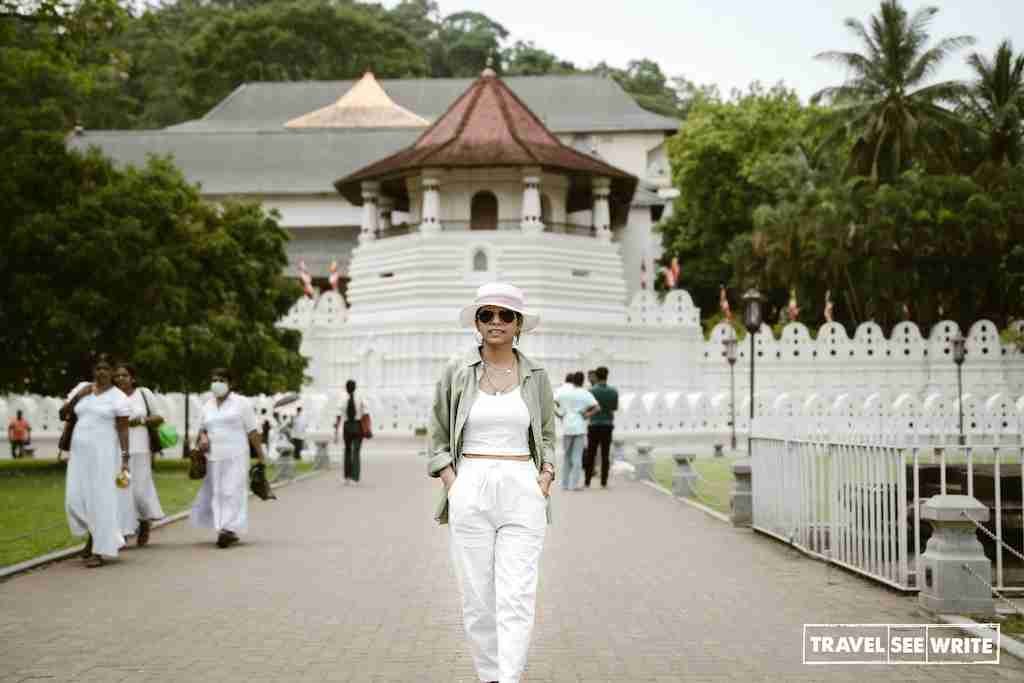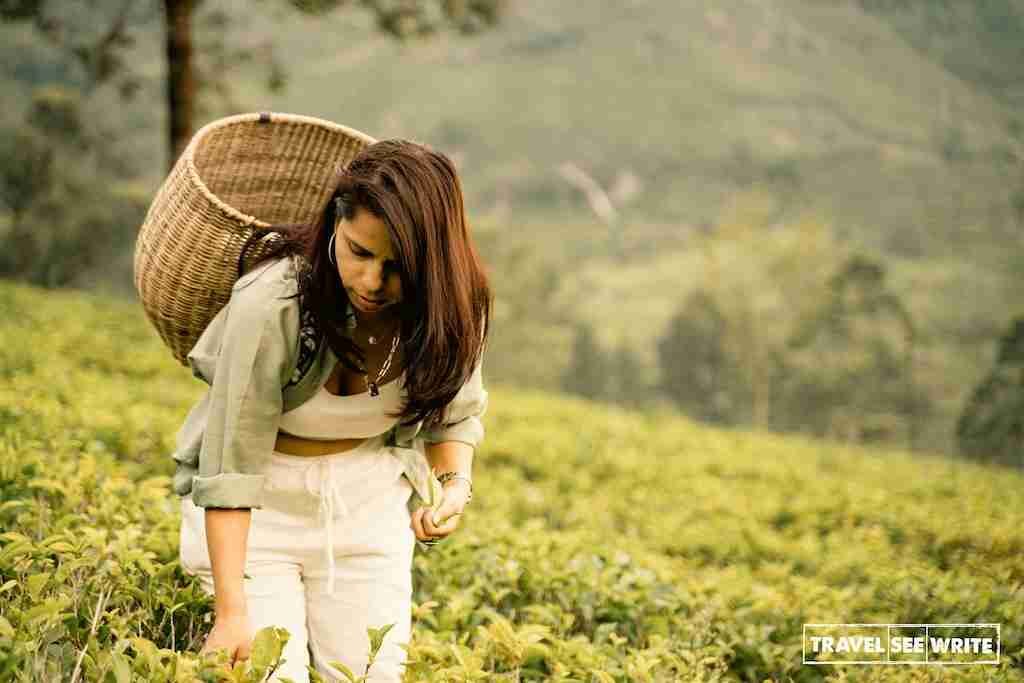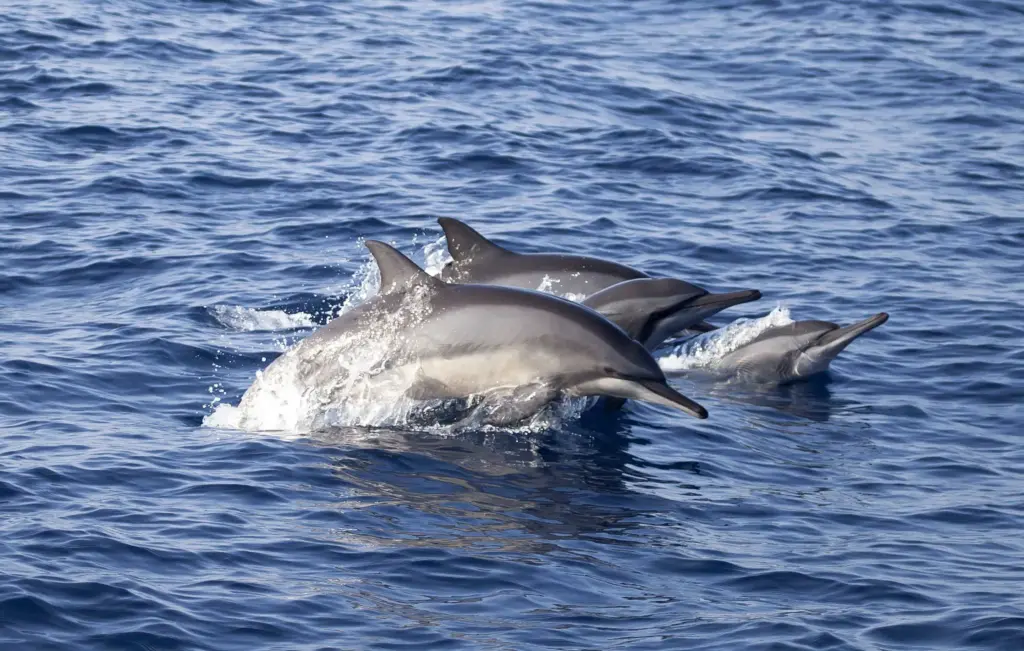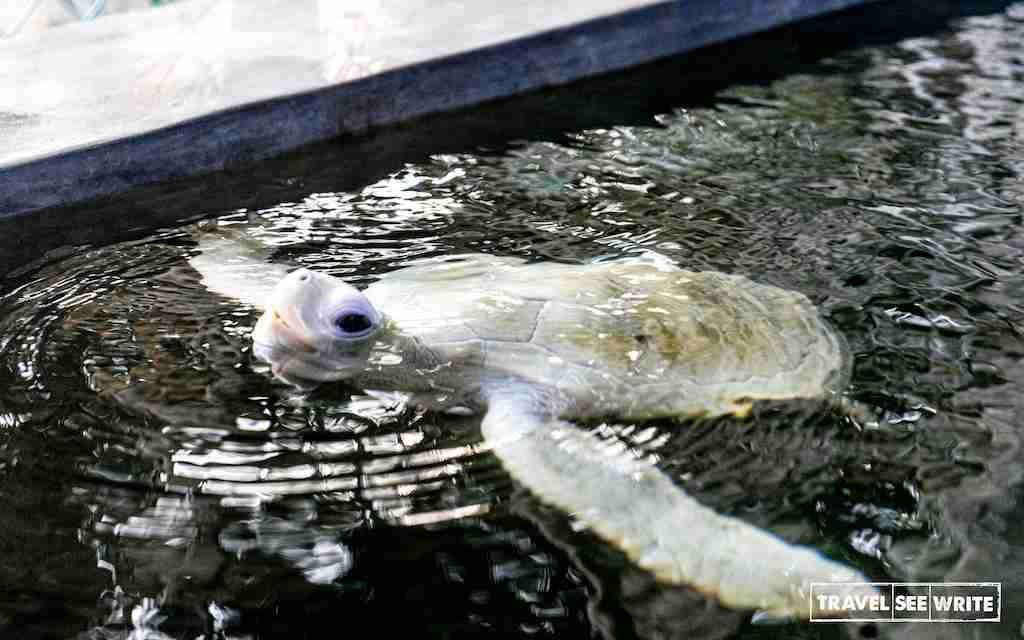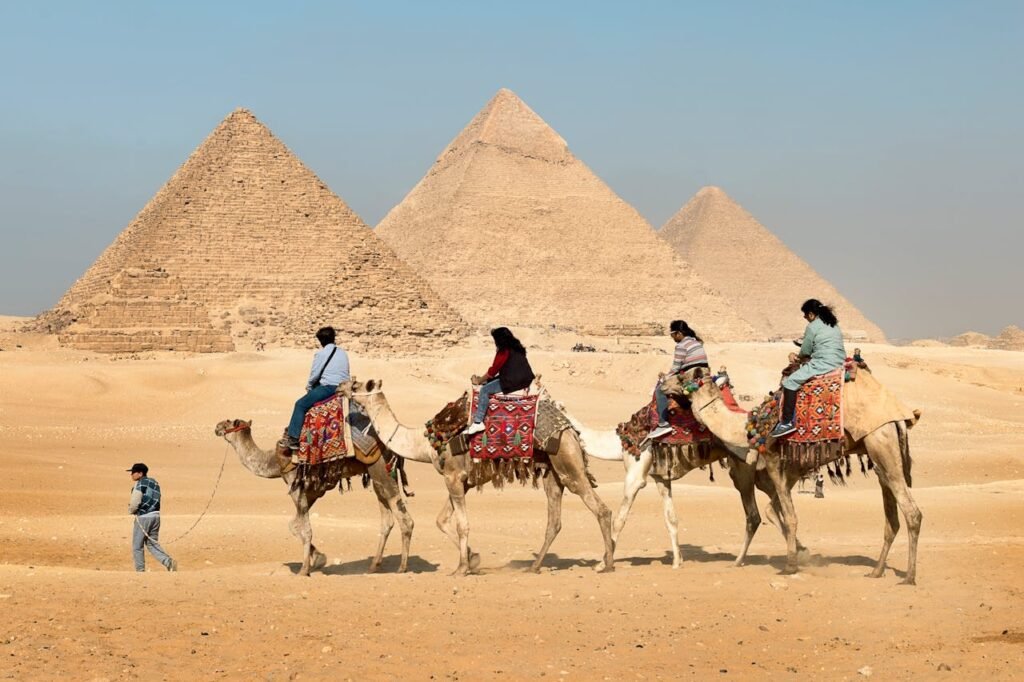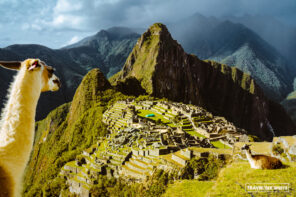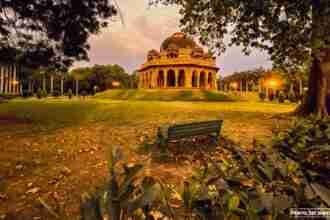
Embark on a captivating 7-day journey through the beauty and culture of Sri Lanka. Discover diverse landscapes, from misty tea plantations to serene coastal havens, and delve into rich traditions and captivating wildlife. Explore top attractions, learn about travel safety, and indulge in unique experiences that define this enchanting island.
Sri Lanka holds a cherished spot in my heart within South Asia, and despite frequent visits in the past, each return feels like a rediscovery of its magic. So, when an invitation from Sri Lanka Tourism for a week-long escapade landed in my inbox, I leapt at the opportunity. I wanted to ascertain if it was safe to explore this gem again after the harsh economic crisis it suffered in 2022. In this narrative, I shall weave my personal voyage through this land, traversing its breadth and width. But before delving into my ri Lanka itinerary for 7 Days travelogue, let’s address the most crucial question:
Is it safe to travel to Sri Lanka now?
Without hesitation, I would say, “Absolutely, yes!” Without an iota of doubt, Sri Lanka is one of the safest countries to visit in Asia, if not the world. While the economic and political issues remain unsolved, they no longer have any impact in any way on travellers. All the hotels, travel agencies, restaurants, and tourist attractions are open. The locals need tourism more than ever, and they are leaving no stone unturned to make you feel safe and comfortable. I shouldn’t be saying this, but it is also very economical to travel now to Sri Lanka because of the devaluation in their currency. It costs almost half of what it used to cost before the pandemic. However, I do hope their economy bounces back soon. And the signs are already visible – Until May this year, the tourism industry has brought in $3.5 billion into the island, showing signs of bouncing back. Another good news is that Sri Lanka is considering the possibility of allowing the use of the Indian rupee for local transactions as the island nation struggles to build its depleted foreign reserves and to emerge from last year’s unprecedented economic crisis.
Now, as the safety issues are tackled, let’s dive into what all you can pack in your Sri Lanka itinerary for 7 Days.
Places to visit in Sri Lanka – My 7 days itinerary
Join me on a soulful and experiential journey through the enchanting island of Sri Lanka. This Sri Lanka 7-day itinerary will take you on a captivating adventure, immersing you in this vibrant country’s diverse landscapes, ancient traditions, and warm hospitality. From bustling cities to serene tea plantations, wildlife encounters to coastal retreats, this itinerary will leave you with unforgettable memories of Sri Lanka’s rich diversity.
Day 1: Arrival in Colombo – A Vibrant Welcome
As I arrived in Colombo, Sri Lanka’s bustling capital city, I was immediately embraced by the vibrant energy and warmth of the locals. I had taken an evening Sri Lankan Airlines flight from India, so by the time I reached Colombo, it was already dark. After settling into my accommodation – Movenpick Colombo, I decided to take it easy and rest for the upcoming six days of busy travelling.
Day 2: From Colombo to Kandy via Pinnawala Elephant Sanctuary – A Majestic Encounter
The following day, after a hearty breakfast at the Movenpick Hotel, I left the bustling city behind to embark on a scenic journey to Kandy, Sri Lanka’s cultural capital. I made a special stop at the Pinnawala Elephant Sanctuary along the way. As I walked among these gentle giants, observing them bathing in the river and interacting with their caretakers, I couldn’t help but feel a deep connection to these magnificent creatures. Learning about the sanctuary’s conservation efforts was a humbling experience. I enjoyed a traditional Sri Lankan buffet at the Elephant Bay Hotel.
Continuing my journey, I reached Kandy in the evening and was treated to a captivating traditional dance performance at the Kandyan Art Center. There were around 12 dance and musical instruments performances and a fire walking show from 5 to 6 PM. The rhythmic movements, vibrant costumes, and enchanting sound of traditional music transported me back in time, immersing me in the rich cultural heritage of Sri Lanka. I spent the night at Earl’s Regency Hotel, nestled amidst the city’s lush hills. It is a beautiful property surrounded by mountains; you get a 360° view of the mountains from wherever you may look, and it is very green and clean. The Mahaweli River, which passes through Kandy, is supposed to be the longest river in Sri Lanka – 335 km (208 mi).
Day 3: Kandy’s Cultural Splendours and Tea Gardens of Nuwara Eliya – A Spiritual and Scenic Retreat
My day in Kandy began with a visit to the revered Kandy Tooth Relic Temple, a place of deep spiritual significance for Buddhists worldwide. It is said that some 1700 years ago, the original tooth of Lord Buddha was brought to Sri Lanka. In Sri Lanka, Buddhism is the most widely practised religion – almost 70% of the population practises Buddhism, followed by Hinduism, Islam and other religions. We spent a couple of hours in the temple, seeing different places. There is a separate entrance for foreigners. You can easily spend 2-3 hrs here. As I entered the temple, the tranquil atmosphere and the golden glow of the sacred relic filled me with a sense of peace and reverence. Unfortunately, I couldn’t time my visit around prayer time. I missed witnessing the mesmerising rituals performed by devotees, an experience that touched my soul when I last visited Kandy in 2018. Plan your trip by keeping in mind the Pooja times – 5.30 AM, 9.30 AM and 6.30 PM. The entrance fee for the Temple of the Tooth is LKR 1500 for visitors from SAARC countries and LKR 2000 for visitors from other countries. It is religious, so dress modestly – no sleeveless or shorts.
Besides the main temple, there are many museums on the temple premise. So you can time your visit accordingly. You will get a vibe of Connaught Place of Delhi or Colaba of Mumbai as you come out. There is also a hotel called Queens Hotel which looks precisely like Connaught Place in Delhi.
After immersing myself in the spiritual ambience, I indulged in a delectable lunch in Kandy, savouring the authentic flavours of Sri Lankan cuisine at Mahaweli Reach Hotel. The hotel’s location was phenomenal, but the service could have been better.
After bidding goodbye to Kandy, I embarked on a picturesque two-hour road journey to Nuwara Eliya, known as Little England. The winding roads took me through emerald-green tea plantations, mist-covered hills, and cascading waterfalls. We reached Blue Fields Teagarden, a 200-year-old tea estate with more than 150 workers. The Estate Manage gave us a field visit and showed us the entire tea-making process. I was curious to know how the estate got its name. Apparently, at one point in time, the estate fields stretched from the bottom of the valley to the blue sky, giving an impression of one field, and hence it was called Blue Fields.
I didn’t even realise when a couple of hours passed at the Blue Fields Teagardens and the factory witnessing the entire tea production, from plucking the leaves to the delicate process of blending and packaging. Lastly, to wind up the visit, we had the Ceylon Tea Tasting of 12 different kinds of tea – from strong to very mild and expensive teas. I was surprised to know that silver and gold tips, which have no caffeine, are the most expensive teas in the world. According to my travel guide, Theeksana Weerasinghe, tea with more caffeine is considered cheaper. How could I leave the estate without shopping for teas? So I shopped for almost 29,000 Sri Lankan Rupees (approx. 8000 INR). After shopping and roaming around in the tea estate, we got into our bus to cover the rest of the journey.
We drove for another one and a half hours before reaching our abode for the night – the Heritance Tea Factory Hotel, a fully functional tea factory until 1996. Established during the British colonial era, Heritance Tea Factory combines history, natural beauty, and luxury. Today’s hotel looks exactly the same as when it was built in the 19th Century. Situated within the luscious green tea plantations of Nuwara Eliya, its secluded location on top of a hill offers a unique experience – unwind, appreciating unforgettable views whilst enjoying the finest teas Sri Lanka provides.
What I loved about the hotel was how it brought to life the concept of a tea factory. Passing through the tea gardens as you enter the hotel, you are welcomed with a refreshing face towel with the smell of green tea leaves, and your welcome drink is tea and refreshment condiments such as cardamom, sugar candy and cumin seeds. The reception is decked up with different items used in the tea factory, such as tea leaves weighing machine. The machine used for drying the leaves doubles up as the coffee table. In fact, a big fan used originally to dry the tea leaves is used even today to cool off the building. Everything in the hotel was unique, whether a unique dining experience in a 1930s narrow-gauge railway carriage restaurant or sleeping in tastefully decorated tea-garden-facing rooms.
Day 4: From Nuwara Eliya to Yala National Park via Ella – Nature’s Grandeur and Historical Charms
I woke early to take in the freshness of Nuwara Eliya and enjoy a sumptuous breakfast. With a heavy heart, leaving behind the misty hills of Nuwara Eliya, I embarked on an adventurous journey to Yala National Park, with a delightful stopover at the scenic town of Ella. Arriving in Ella, I couldn’t resist the allure of the 200-year-old Grand Hotel, a colonial-era gem nestled amidst picturesque surroundings. I indulged in a leisurely lunch, savouring the flavours of Sri Lankan cuisine while soaking in the tranquillity of this hillside haven.
After lunch, I set out to explore the area’s natural wonders, starting with a visit to Sitamata temple in Ashok Vatika, believed to be the place where Sita, from the Indian epic Ramayana, was held captive. The temple’s serene ambience and the fascinating legends associated with it added a touch of mystique to my journey. Next, I marvelled at the breathtaking Ravana Fall, cascading down from great heights and enveloping the surroundings in a veil of mist. I felt a profound connection to the natural world as I stood in awe of nature’s grandeur.
Continuing my journey, I reached Yala National Park, where I would embark on an unforgettable wildlife adventure the following day. The Cinnamon Wild Hotel, situated at the park’s border, provided a comfortable and immersive experience, allowing me to feel genuinely connected to the surrounding wilderness.
Day 5: Wildlife Safari in Yala and Serenity in Ahungalla via Galle – A Thrilling Encounter with Nature
The anticipation of a wildlife safari filled the air as I woke up early and set off for a 5 AM expedition in Yala National Park. The rugged landscapes, home to an incredible array of wildlife, unfolded before my eyes as our jeep navigated through the dense vegetation. From elephants gracefully roaming in herds to a pair of foxes stealthily observing their surroundings, the park showcased the true magnificence of Sri Lanka’s wildlife. Unfortunately, the elusive leopards remained elusive. Although, I did see many birds and other wild animals filling the skies and ground, adding vibrant colours to the wilderness. Our driver cum naturalist, Sudarshan, was quite excited to show us wild animals. We managed to see water buffaloes, spotted deer, sambar deer, mongoose, rabbit, crocodile, white Kingfisher, langur, wild boar, jackals, wild cat, peacocks, and wild peafowl, the national bird of Sri Lanka). One of the highlights of the safari was a picnic breakfast after an exhilarating safari near the Indian Ocean in the park. Although it was pretty hot and humid – at 8 AM, it was 42 degrees Celsius.
As the day progressed, I bid farewell to Yala and went to Ahungalla with a stopover lunch break at Radisson Galle. Finally, I arrived in Ahungalla and checked into the luxurious Heritance Ahungalla Hotel, a tranquil retreat nestled along the pristine coastline.
Day 6: Whale Watching, Coconut Hill, and Turtle Conservation Sanctuary – A Day of Nature’s Wonders
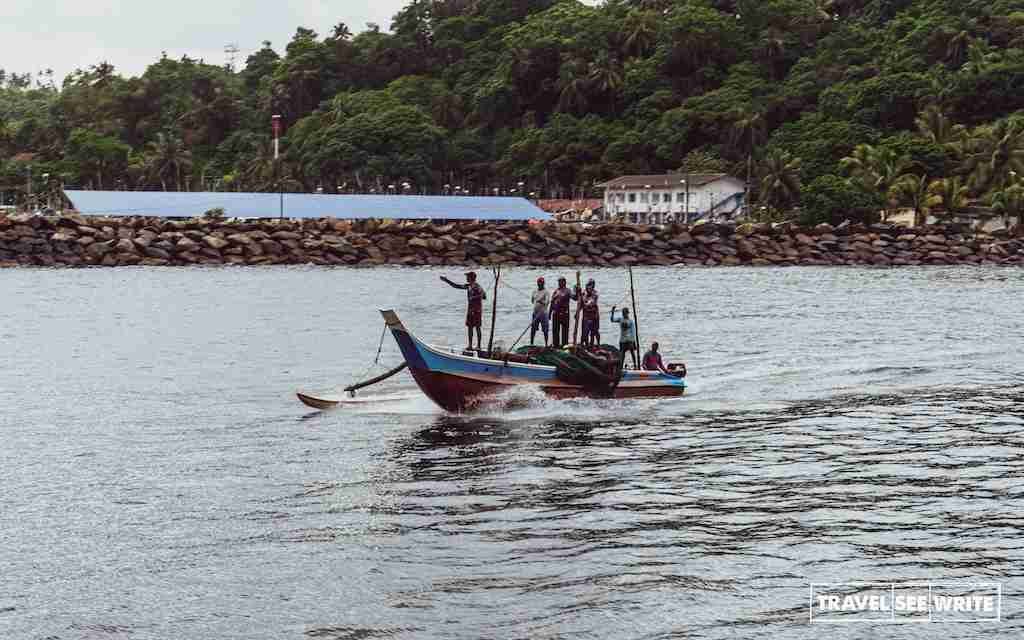
As the sun rose on the sixth day, I embarked on an awe-inspiring whale-watching and dolphin tour from Marissa Harbour, situated close to Ahungalla (2 hours by road). It was raining cats and dogs, yet our trip didn’t get cancelled. Boarding a boat and venturing into the deep sea, I was filled with anticipation. The sight of mighty blue whales and playful dolphins gracefully swimming alongside the boat left me in awe of the sheer magnificence of these marine creatures. The vast expanse of the ocean served as a reminder of our planet’s immense beauty and biodiversity. The only thing I detested was the presence of a 40+ Gujju family who first blasted my eardrums with besura singing and then dirtying the boat deck with vomit.
After the whale-watching adventure, I went to Coconut Hill, a spot known for its panoramic views of the coastline and the towering coconut palm-fringed landscapes. Standing atop the hill, the rhythmic sound of the waves and the gentle breeze against my skin created a moment of pure serenity. I captured the beauty of the surroundings in photographs, wanting to preserve the memory of this breathtaking vista. We enjoyed a delicious Italian meal at Anantara Peace Haven Resort & Spa for lunch. The location of this hotel was mind-blowing – set on a cliff in a large coconut plantation with panoramic sea views.
In the afternoon, I visited the Kosgoda Turtle Conservation Sanctuary, where I had the opportunity to observe endangered sea turtles up close. Learning about the conservation efforts to protect these magnificent creatures was educational and heartwarming. Watching baby and grown-up turtles being taken care of filled me with a sense of hope for the future of these endangered species.
Returning to Ahungalla, I spent the evening walking along the pristine beach, listening to the soothing sounds of the waves and cherishing the beauty of the sunset as it painted the sky with vibrant colours.
Day 7: Back to Colombo for Shopping and Nightlife – A Farewell Celebration
As my journey neared its end, I participated in another adventure activity – the Madu River Mangrove Safari. This activity of two hours took me on a journey through exciting passages weaving in between mangrove forests, giving an insight into one of Sri Lanka’s remaining wetland ecosystems. We made two small pitstops – at the cinnamon island, I learnt about the herb and how cinnamon sticks are made from the plant. Our next pitstop was for the invigorating fish spa. There was even a tiny restaurant in the middle of the river.
Lunch at Taj Bentota was a culinary crescendo, an ode to Sri Lankan flavours with a global twist. After lunch, I returned to Colombo to shop at Arcade Independence Square, where I discovered a treasure trove of handicrafts, clothing, gems, and spices. The vibrant colours, the aromas of herbs, and the intricate craftsmanship of the local products immersed me in the cultural tapestry of Sri Lanka.
In the evening, I headed to the Dutch Hospital area, a refurbished colonial building that has become a vibrant hub for nightlife. The atmosphere was electric, with trendy bars, live music venues, and exquisite dining options. I danced the night away at The REPUBLK, savouring the last moments of my journey and creating memories that would stay with me forever.
As the night ended, I retired to the luxurious Cinnamon Lakeside Hotel in the heart of Colombo, feeling a mix of nostalgia and gratitude for the soulful experiences and unforgettable moments Sri Lanka had offered me.
Conclusion – is Sri Lanka worth visiting for 7 days?
Definitely, yes. This 7 days itinerary through Sri Lanka allowed me to witness the country’s rich diversity in all its splendour. From the vibrant streets of Colombo to the misty hills of Nuwara Eliya, from the captivating wildlife of Yala National Park to the serene coastal retreats, each day was a testament to the country’s natural beauty, ancient traditions, and warm hospitality. The trip was made extra special because of the presence of a knowledgeable and extremely humble travel guide – Theeksana Weerasinghe, who ensured every small and big request of mine was taken care of, whether it was finding a King Coconut during a road trip or partying in Colombo. If you ever visit Sri Lanka, do reach out to him. He can be reached at +94 71 923 1010. This experiential journey left an indelible mark on my soul, reminding me of the interconnectedness of nature, culture, and the human spirit. Sri Lanka’s diverse landscapes and remarkable experiences gave me moments of wonder, reflection, and appreciation for the beauty in every corner of this enchanting island.
Further Reading:
Flight Review: Flying Srilankan Airlines Business Class and Economy
Helpful Travel Tips and information for Sri Lanka Itinerary for 7 days
- Do you Indians require Visa For Sri Lanka: Yes. However, Sri Lanka offers visas on arrival for Tourists (including Indians) travelling to Sri Lanka; you must ensure you’ve got the Sri Lanka ETA beforehand and ensure your passport is valid for at least three months from your departure date.
- How to reach Sri Lanka: Sri Lanka is well connected with flights from all the metros. I flew in from Delhi with Sri Lankan Airlines, and it was a wonderful experience both ways – Economy from Delhi to Colombo and business class from Colombo to Delhi. The airline staff was courteous, and I particularly liked their lounge at the Colombo airport.
- What is the currency of Sri Lanka; The currency used in Sri Lanka is the Sri Lankan Rupee. Exchange rates are approximately 1 USD = 320.92 LKR and 1 INR = 3.996 LKR.
- What to pack for Sri Lanka: Sri Lanka is a tropical country; therefore, pack lightweight clothes in natural fabrics like cotton or linen. Carry comfortable footwear, sunscreen, sunglasses, swimsuit, raincoat/umbrella, day backpack, and water flask to stay hydrated.
- What language is spoken in Sri Lanka: Sinhala is the main language, followed by Tamil. A simple “Ayubowan” can work wonders.
- Mobile connectivity: Dialog, Mobitel, and Airtel are the three main mobile operators in Sri Lanka, with Dialog being the best. I used my Airtel international roaming.
- What food to try in Sri Lanka: Before my first trip to Sri Lanka in 2017, I had imagined Sri Lankan cuisine to be similar to Indian cuisine due to its proximity to India. However, I was amazed at how unique it was. Don’t miss Hoppers, Pol Sambol, Kottu roti, and Fish ambul thiyal.
- Where to stay in Sri Lanka: Sri Lanka is quite economical when it comes to stay. You can get an excellent five-star hotel at the price of a two-star hotel in your country. My favourite hotels to stay were Movenpick Colombo and Cinnamon Lakeside in Colombo, Earls Regency in Kandy, Heritance Tea Factory in Nuwara Eliya, Cinnamon Wild at Yala National Park, and Heritance Ahungalla at Ahungalla.
- When is the best time to visit Sri Lanka: December to April offers sunny skies and lush green landscapes.
- How many days are enough for Sri Lanka: There’s a lot to see in Sri Lanka— Two weeks are ideal, but even a week offers a fulfilling experience.
- How much does a 1-week trip to Sri Lanka cost: The average price of a 7-day trip to Sri Lanka is $1,627 for a solo traveller, $2,899 for a couple, and $1,473 for a family of 4. Sri Lanka hotels range from $32 to $207 per night with an average of $59, while most vacation rentals will cost $40 to $400 per night for the entire home. However, these are just tentative costs. Depending on your choices and budget, you can make trips at much cheaper and higher rates.
Have you been to Sri Lanka? How was your experience? Please share in the comment box below.
Disclaimer
I was invited to Sri Lanka by Sri Lanka Tourism. However, everything expressed above is based on my personal experience. Please do not copy or share anything without my permission.



